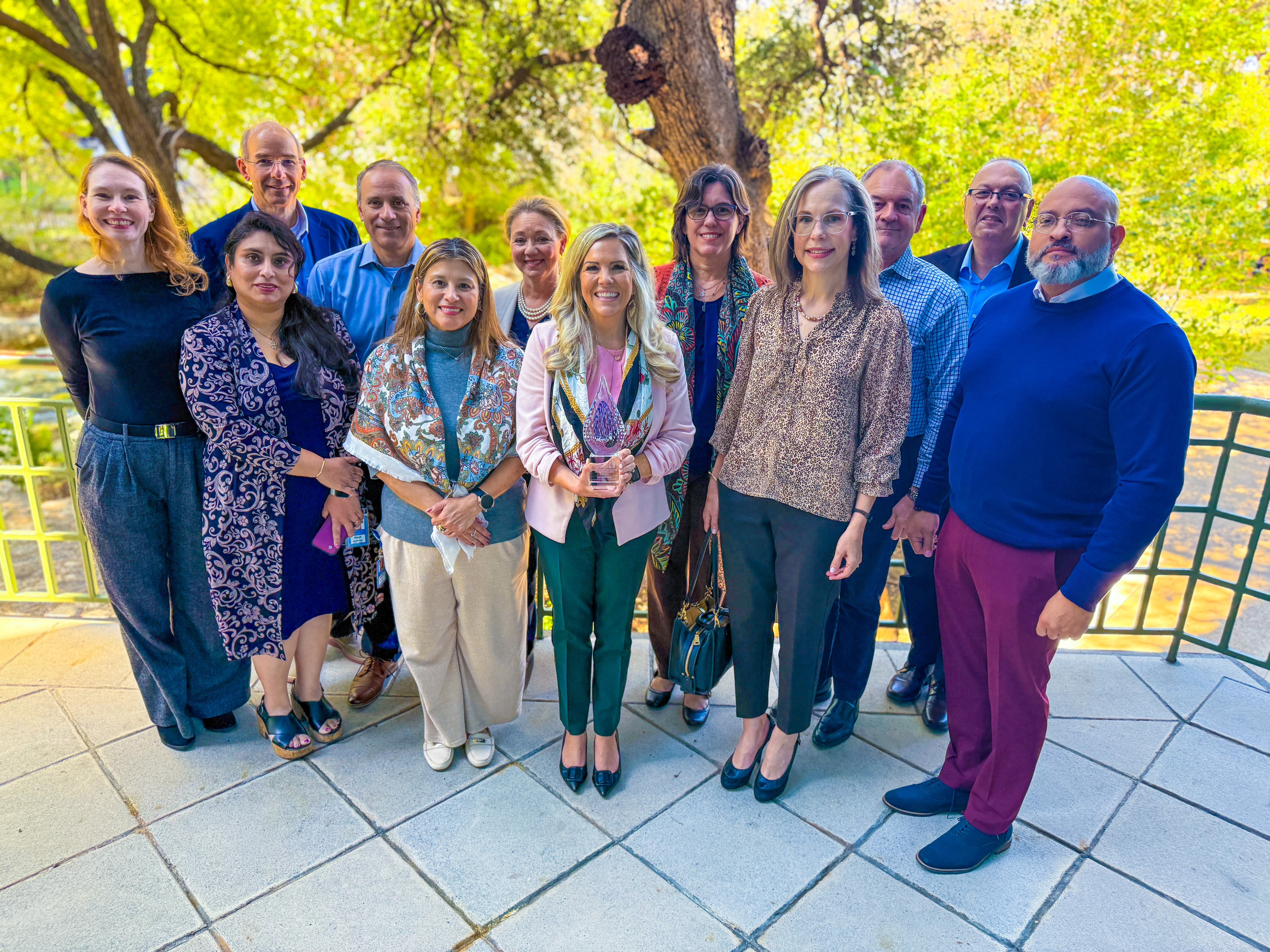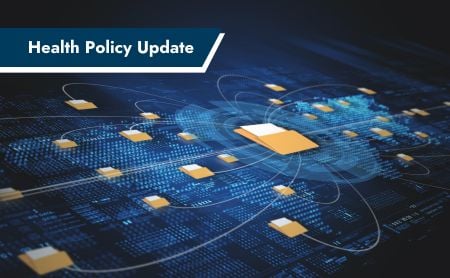CHEPP: Policy Solutions for Improving Accessibility in Higher Ed – Southern New Hampshire University

Report on Policy Solutions for Accessible Higher Education and Alignment with Sustainable Development Goals
A new fact sheet released by the Center for Higher Education Policy and Practice (CHEPP) at Southern New Hampshire University (SNHU) details policy solutions aimed at enhancing accessibility in higher education for learners with disabilities. The report, coinciding with the 35th anniversary of the Americans with Disabilities Act (ADA), underscores the critical need to dismantle systemic barriers to align with global commitments, particularly the United Nations Sustainable Development Goals (SDGs).
Systemic Barriers to Inclusive and Equitable Quality Education (SDG 4)
Despite more than one in five U.S. undergraduates reporting a disability, persistent barriers hinder their educational journey and subsequent entry into the workforce. These challenges directly contravene the principles of SDG 4 (Quality Education), which calls for ensuring inclusive and equitable education for all, and SDG 10 (Reduced Inequalities), which aims to empower and promote the inclusion of persons with disabilities.
Identified Obstacles to Educational Attainment and Workforce Integration
- Inaccessible digital infrastructure and learning platforms, creating a digital divide for learners.
- Inconsistent and inequitable application of academic accommodations across institutions.
- Denial of financial aid when students require changes to their academic pacing to accommodate their disabilities.
- Limited coordination between higher education institutions and employment programs, impeding the transition to decent work and economic growth (SDG 8).
Federal Policy Recommendations for Reducing Inequalities (SDG 10)
CHEPP proposes federal policy recommendations as actionable steps toward achieving SDG 10.2 by promoting the social, economic, and educational inclusion of all learners. These recommendations are designed to create stronger and more accountable institutional frameworks.
Proposed Policy Interventions
- The creation of a dedicated federal office for postsecondary access, which would enhance institutional accountability and build more effective and inclusive institutions (SDG 16).
- A requirement for institutions to accept standardized documentation for disabilities, thereby streamlining access to essential support services.
- The alignment of financial aid regulations with flexible learning paces to ensure students with disabilities are not penalized for their required academic accommodations.
Institutional Strategies for Fostering Inclusive Learning Environments
The report identifies key structural changes that institutions can implement to proactively close achievement gaps. These strategies focus on creating learning environments that are accessible by design, a core tenet of SDG 4.
Key Structural Reforms
- Widespread adoption of Universal Design for Learning (UDL) principles to ensure curricula and materials are inherently accessible to all students from the outset.
- The establishment of centralized, transparent, and well-resourced accessibility services.
- Sustained engagement and training for faculty and student services professionals on best practices for supporting learners with disabilities.
The Broader Impact on Sustainable Development
As noted by SNHU President Lisa Marsh Ryerson, “Access to education is a social determinate of health; it has the power to unlock a lifetime of economic security and well-being.” This perspective directly links inclusive education not only to SDG 4 but also to SDG 3 (Good Health and Well-being) and SDG 8 (Decent Work and Economic Growth). By ensuring higher education serves all learners, it functions as a public good that advances broad societal progress.
Multi-Stakeholder Collaboration for the Goals (SDG 17)
The recent formation of the Coalition on Accessibility in Higher Education, a partnership between CHEPP, the National Center for Learning Disabilities, and other key organizations, exemplifies SDG 17 (Partnerships for the Goals). This coalition brings together education, workforce, technology, and disability rights advocates to collectively advance state and federal policies, demonstrating a united commitment to achieving inclusive and equitable systems for all.
SDGs Addressed in the Article
SDG 4: Quality Education
- The article’s central theme is improving accessibility in higher education for learners with disabilities. It directly addresses the need for inclusive and equitable quality education by highlighting systemic barriers from admission to graduation. The text mentions that “more than one in five undergraduates report having a disability, yet many face persistent barriers on their journey to a degree,” which squarely aligns with the goal of providing education for all.
SDG 10: Reduced Inequalities
- The article focuses on a vulnerable group—people with disabilities—and the discrimination and barriers they face in higher education. By outlining these barriers and proposing “federal policy recommendations” to dismantle them, the article directly connects to the goal of reducing inequalities and promoting the social and economic inclusion of persons with disabilities. The reference to the Americans with Disabilities Act (ADA) further solidifies this connection.
SDG 8: Decent Work and Economic Growth
- The article links educational access to economic outcomes by discussing the challenges learners with disabilities face in transitioning “from admission through graduation and into the workforce.” It notes “limited coordination between colleges and employment programs” as a key barrier and states that education has the “power to unlock a lifetime of economic security and well-being,” connecting the issue to the goal of achieving full and productive employment for all, including persons with disabilities.
Specific Targets Identified
Targets under SDG 4: Quality Education
- Target 4.3: By 2030, ensure equal access for all women and men to affordable and quality technical, vocational and tertiary education, including university. The article’s entire focus on improving accessibility and removing barriers for students with disabilities in higher education directly supports this target of ensuring equal access.
- Target 4.5: By 2030, eliminate gender disparities in education and ensure equal access to all levels of education and vocational training for the vulnerable, including persons with disabilities… This target is explicitly relevant as the article is dedicated to ensuring learners with disabilities have equal access to higher education.
- Target 4.a: Build and upgrade education facilities that are child, disability and gender sensitive and provide safe, non-violent, inclusive and effective learning environments for all. The article’s mention of “inaccessible digital platforms” and the recommendation for “universal design for learning (UDL)” directly relate to creating inclusive and effective learning environments for students with disabilities.
Targets under SDG 10: Reduced Inequalities
- Target 10.2: By 2030, empower and promote the social, economic and political inclusion of all, irrespective of… disability… The article’s recommendations, such as creating a “federal office dedicated to postsecondary access” and forming the “Coalition on Accessibility in Higher Education,” are aimed at empowering and promoting the inclusion of learners with disabilities.
- Target 10.3: Ensure equal opportunity and reduce inequalities of outcome, including by eliminating discriminatory… policies and practices… The article calls for policy solutions to address “systemic barriers” and “inconsistent application of accommodations,” which are discriminatory practices. The recommendation to require institutions to “accept standard documentation for disabilities” is a direct measure to ensure equal opportunity.
Targets under SDG 8: Decent Work and Economic Growth
- Target 8.5: By 2030, achieve full and productive employment and decent work for all… including… persons with disabilities… The article’s concern with the transition “into the workforce” and the “limited coordination between colleges and employment programs” directly addresses the need to improve employment outcomes for graduates with disabilities.
Indicators for Measuring Progress
Indicators for SDG 4 (Quality Education)
- Participation rate of learners with disabilities in higher education: The article provides a baseline statistic: “more than one in five undergraduates report having a disability.” Tracking this percentage over time can measure progress toward equal access (Target 4.3/4.5).
- Adoption of Universal Design for Learning (UDL): The article suggests “universal design for learning (UDL)” as a structural change. The percentage of higher education institutions that have adopted UDL principles can serve as an indicator for creating inclusive learning environments (Target 4.a).
- Accessibility of digital platforms: The article identifies “inaccessible digital platforms” as a key barrier. An indicator could be the percentage of institutional websites and learning management systems that meet established accessibility standards (e.g., WCAG 2.1) (Target 4.a).
Indicators for SDG 10 (Reduced Inequalities)
- Establishment of dedicated governmental bodies: The recommendation to create “a federal office dedicated to postsecondary access” can be used as a binary indicator (created/not created) of policy progress toward reducing inequality (Target 10.2/10.3).
- Standardization of disability documentation policies: The article recommends that policymakers “requir[e] institutions to accept standard documentation for disabilities.” The number of states or institutions that adopt such a policy would be a clear indicator of reducing discriminatory barriers (Target 10.3).
Indicators for SDG 8 (Decent Work and Economic Growth)
- Employment rate of graduates with disabilities: The article highlights the need to improve the transition “into the workforce.” An implied indicator is the employment rate of students with disabilities within a certain period after graduation, which would measure the effectiveness of improved coordination between colleges and employment programs (Target 8.5).
Summary of Findings
| SDGs | Targets | Indicators |
|---|---|---|
| SDG 4: Quality Education |
|
|
| SDG 10: Reduced Inequalities |
|
|
| SDG 8: Decent Work and Economic Growth |
|
|
Source: snhu.edu

What is Your Reaction?
 Like
0
Like
0
 Dislike
0
Dislike
0
 Love
0
Love
0
 Funny
0
Funny
0
 Angry
0
Angry
0
 Sad
0
Sad
0
 Wow
0
Wow
0











































































